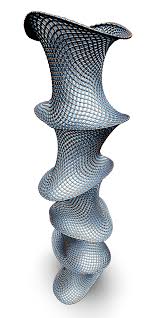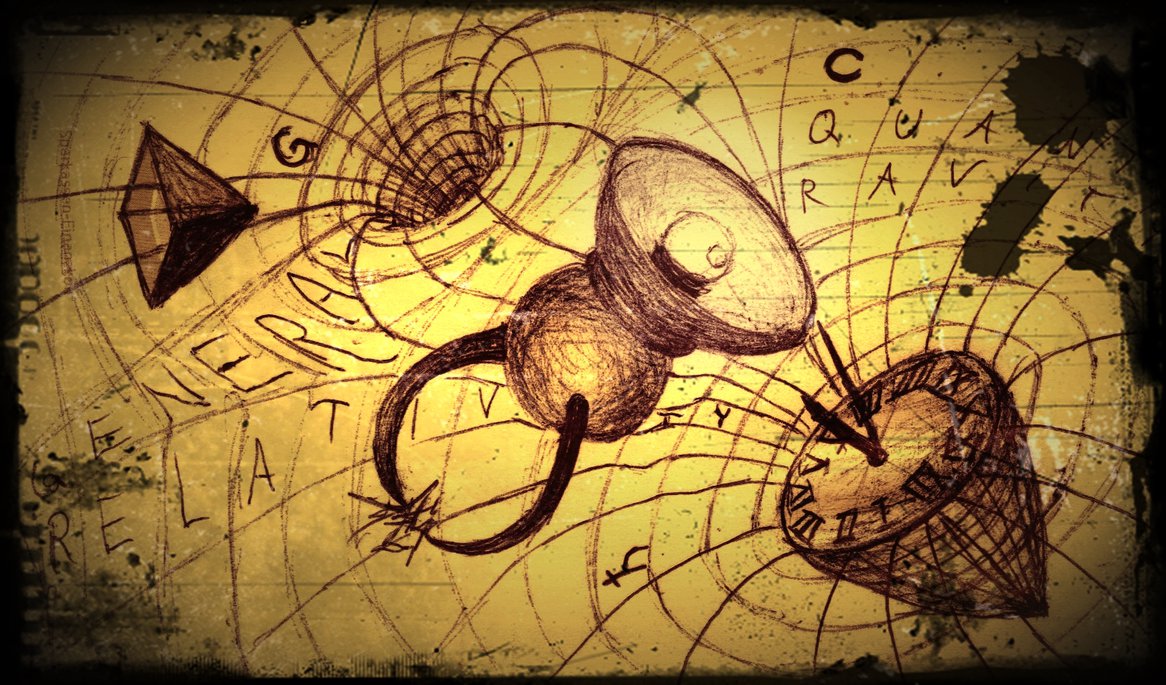Research in the group is focussed on four major themes:
Integrability:
Fields medel-winning physicist, Prof. Edward Witten of the Institute for Advanced Study in Princeton once once called string theory “a bit of 21st century physics that somehow dropped into the 20th century and that will take 22nd century mathematics to understand”. Part of the problem is that the very structure of this theory has proven notoriously illusive to the mathematical tools at our disposal. This has started to change in a radical way over the past decade or so with the discovery of two major aspects of the theory. The first is the fact that string theory, a theory of quantum gravity in ten dimensions, appears to be equivalent to a quantum field theory, which has nothing to do with gravity at all, in four dimensions (like the ones you and I live in). The second is that both of these theories appear to be completely integrable. Roughly put, it is a little bit like knowing a pair of people who you suspected were actually twins but who actually look and act completely different and then discovering a list of an infinite number of character traits that each possesses that you can check off against. Researchers at QGaSLAB (Murugan, Abbott and Sundin) attempt to understand precisely this dictionary between the two sides in order to understand the fundamental degrees of freedom that make up string theory.


Emergence of spacetime:
One very important property of the duality between gravity and gauge theory is that it allows the study of previously computationally inaccessible aspects of one of the theories in terms relatively simple aspects of the other. One very exciting such problem is the issue of the emergence of space and time. Understand- ing this problem will, without much exaggeration, revolutionalize our understanding of phenomena from the beginnings of our Universe to the end states of black holes. Work on these problems is carried out by various members of QGaSLAB including Jeff Murugan, Michael Abbott and various international and South African collaborators.
Strongly coupled Quantum Field Theory:
In as much as the gauge/gravity duality has revolutionized the study of quantum gravity, it has done even more for the field of strongly coupled quantum field theory. Recent examples include an understanding of various aspects of the quark-gluon plasma (QGP) produced at the Relativistic Heavy Ion Collider (RHIC) and Large Hadron Collider (LHC) (Horowitz). The past five years has seen similar remarkable applications of dualities (and the mathematical tools they bring) to the physics of condensed matter. Most notable among these are quantum critical points, strange metals and so-called non-Fermi surfaces. Together with inter- national collaborators and UCT students, Dr Jeff Murugan has been trying to apply this line to reasoning to understand the curious phenomenon of pulsar glitching, the observed sudden (and largely unexplained) speed up of a slowing down spinning neu- tron star. This would no doubt be one of the first such applications of string theoretic technology to astrophysical phenomena testable by the Square Kilometer Array (SKA).

